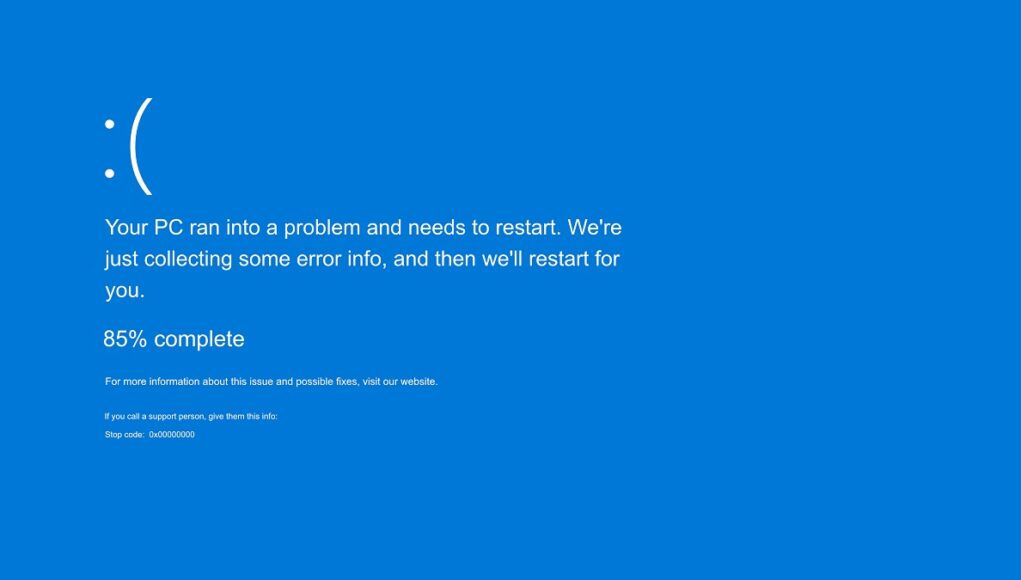By your deranged correspondent in the trenches of the tech apocalypse
Somewhere deep in the hollowed-out bowels of Microsoft’s digital fortress, a drunken robot weeps and hurls code into the wind like a mad poet with a head full of LSD and a grudge against humanity.
The result? You guessed it — another fine gift from the Ministry of Digital Disasters: blue screens of death. Yes, friends, the Big M is back at it, unleashing chaos in the form of two updates that drop your precious Windows 11 24H2 machines straight into kernel panic hell.
We’re talking about update KB5055523 (April’s flaming data meteor) and the March preview patch, KB5053656, a warm-up act of pure malevolence.
According to the cryptic scrolls from Microsoft’s own support pages, installing either of these twisted packages may result in a SECURE_KERNEL_ERROR with the delightful error code 0x18B — the digital equivalent of your operating system screaming into the void before collapsing into a fetal position.
“You might encounter a blue screen exception…”
— Microsoft, delivering digital doom with the calm of a bored dentist.
There’s no permanent fix yet. Of course not! That would be too logical. Instead, Redmond’s solution is something called Known Issue Rollback (KIR), a sly little feature that lets Microsoft pull the emergency brake on broken updates without letting the unwashed masses know they’ve goofed.
Introduced in 2021 — the same year NFTs were taken seriously — KIR will undo the bad update like a janitor mopping up after a circus elephant.
If you’re lucky enough to be running a personal or unmanaged machine, this digital band-aid should slink into your system silently, courtesy of Windows Update. Might take 24 hours. Might take a ritual sacrifice. Try a reboot. Offer a coffee to your PC. Pray.
But for those poor souls shackled to corporate machines — oh, the horror. IT teams must download a Group Policy .msi from Microsoft’s Update Catalog or wrangle the beast through Microsoft Learn.
Then comes the ancient rite of navigating to Computer Configuration > Administrative Templates in the Group Policy Editor, applying the magic, and restarting the machine like a sorcerer flipping levers in a Frankenstein lab.
It’s not the first rodeo, either.
Recently, Microsoft has treated users to a traveling freak show of updates gone sideways — from printers spitting hieroglyphics, to USB audio devices going full mime mode, to users being locked out of their accounts with all the warmth and hospitality of a Soviet checkpoint.
The cherry on top? OneDrive desyncing on Windows and macOS for almost a year now — a long, slow burn of data disappointment.
But hey, cut ’em some slack. Redmond’s got bigger things to do — like force-feeding us Copilot, their AI helper no one asked for, like an overcaffeinated parrot wired into your thoughts.
“The updates are working as intended.”
— Probably a Microsoft engineer, surrounded by smoldering laptops.
If you’re feeling brave, masochistic, or simply bored of stability, grab your nearest machine, throw caution to the wind, and install one of these cursed updates. See what happens. Maybe you’ll get the BSOD. Maybe you’ll transcend. Maybe you’ll get stuck in an infinite reboot loop and wake up in 1998.
Helpful (or at least interesting) Outbound Links









